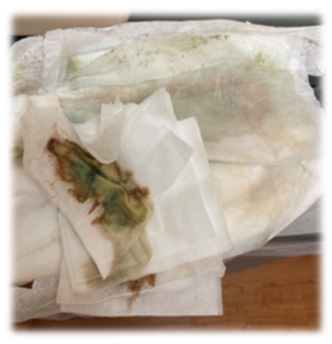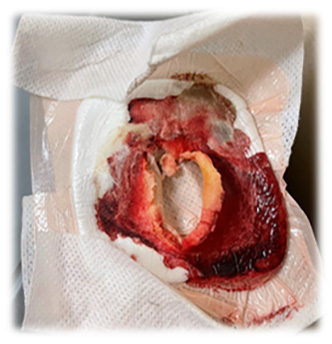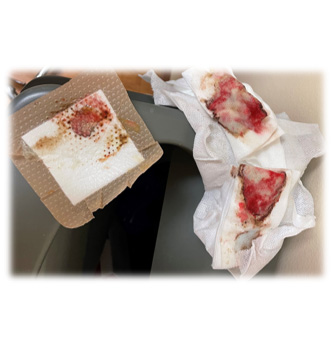I ask my nurses to leave the discarded dressings on top of the trashcan so that I can have a look at them. There’s a lot you can learn from used dressings. I am worried about the fact that drainage can be copious despite compression, that patients on oral anticoagulants ooze blood continuously, and that it’s still a challenge to control bacterial colonization, even with all the tools at our disposal. I think these days I collect more pictures of used dressings than of wounds, and I’m trying to figure out better ways to use this information in patient care.




Dr. Fife is a world renowned wound care physician dedicated to improving patient outcomes through quality driven care. Please visit my blog at CarolineFifeMD.com and my Youtube channel at https://www.youtube.com/c/carolinefifemd/videos
The opinions, comments, and content expressed or implied in my statements are solely my own and do not necessarily reflect the position or views of Intellicure or any of the boards on which I serve.



Thank you Dr. Fife……..now I know I am not the only one taking pictures of nasty wound dressings and looking in trash cans after my nurses throw them away before I can check them out.
An important piece of evidence lies in the dressings and bandages. I have been teaching that the observation of bandage and dressing removal is vital for the clinician to obtain a full picture of what is happening with the wound. Not to do so loses good evidence.
Absolutely your highness! We do not discard dressings and we have a place to document dressing assessment in our wound assessment template.